

“I’ve challenged the team here today: What can we do in terms of looking at next generation requirements? You know, big bets, whether it’s in the transport layer, all of our tactical radios, what do we need to do to get the next generation of evolution,” Army Undersecretary Gabe Camarillo told reporters.
By Jaspreet Gill and Andrew Eversden
The Open Innovation Lab evaluated industry solutions for the Army’s CMOSS program.
By Andrew Eversden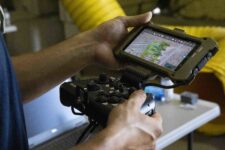
“There’s capabilities out on the bench, on the floor, sitting out back in the parking lot,” said Army senior executive Michael Monteleone, who founded the Joint Systems Integration Laboratory.
By Sydney J. Freedberg Jr.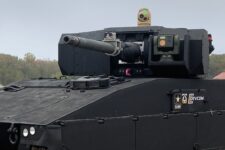
The Army will soon hold live-fire tests of an AI that can algorithmically spot targets and aim at them — but a human still has to pull the trigger. Will ATLAS let future tanks fight better with smaller crews?
By Sydney J. Freedberg Jr.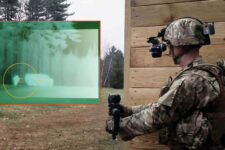
Army foot soldiers are going into battle with more and more electronics, wirelessly networked both to each other and to distant command posts. So can GI Joe be hacked?
By Sydney J. Freedberg Jr.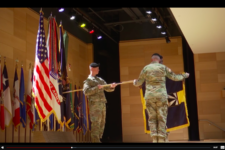
“Ultimately that is what this is all about, why I get up every morning, that’s why AFC exists: to make sure, not today’s soldier, but our kids and our grandkids have the core concepts, the organizational structures, and the capabilities they need to fight and win on a future battlefield,” Gen. Murray said, “or even better yet not to fight at all, because there is nobody in the world in the future that would ever take on the United States in ground combat, because we have done our job so well.”
By Sydney J. Freedberg Jr.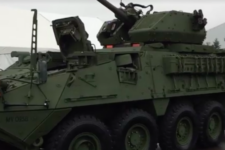
ABERDEEN PROVING GROUND: The Army is rapidly upgunning its 8×8 Stryker vehicles to better deter the Russians in Eastern Europe, as we wrote yesterday. But soldiers are still figuring out how they’ll use the new vehicles. And the service as a whole is struggling to update the entire armored force, from the 20-ton Stryker to…
By Sydney J. Freedberg Jr.
ABERDEEN PROVING GROUND: Two years after the Europe-based 2nd Cavalry Regiment requested more firepower to deter the Russians, 30 millimeter shells and Javelin missiles thundered downrange here at the Army’s oldest proving ground. Even standing at a safe distance, 20 yards from the closest of the two Stryker vehicles, I could feel the muzzle blast…
By Sydney J. Freedberg Jr.The Army’s new, streamlined approach to improving its battlefield networks took a big step forward this week when five MRAP armored trucks with the latest digital communications gear shipped out to be tested at Aberdeen Proving Ground in Maryland. Testing at Aberdeen is the last major hurdle before fielding what’s called “Capability Set 13” to…
By Sydney J. Freedberg Jr.Army hosts NIE Industry Day @ Aberdeen 7/19. Invite: http://bit.ly/NmcisL. Our story on Army’s new outreach strategy: http://aol.it/FO8L8n SydneyFreedberg
By Sydney J. Freedberg Jr.As the U.S. Army tries to field new mobile networking technology to its troops, it is betting that a new testing process built around biannual “Network Integration Evaluations” can avoid the acquisition disasters of the past. Success depends on a new division of labor between government and industry – something which the Army admits it…
By Sydney J. Freedberg Jr.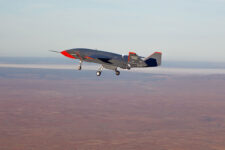
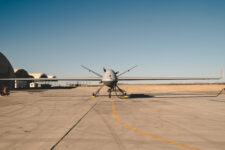
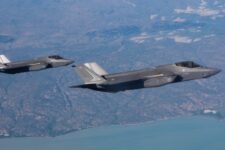
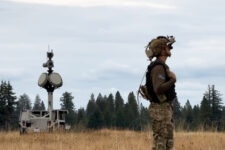


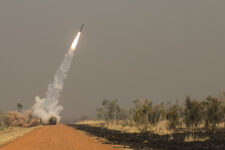
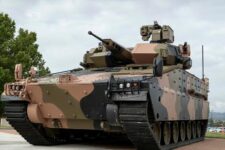

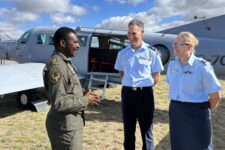

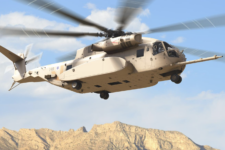




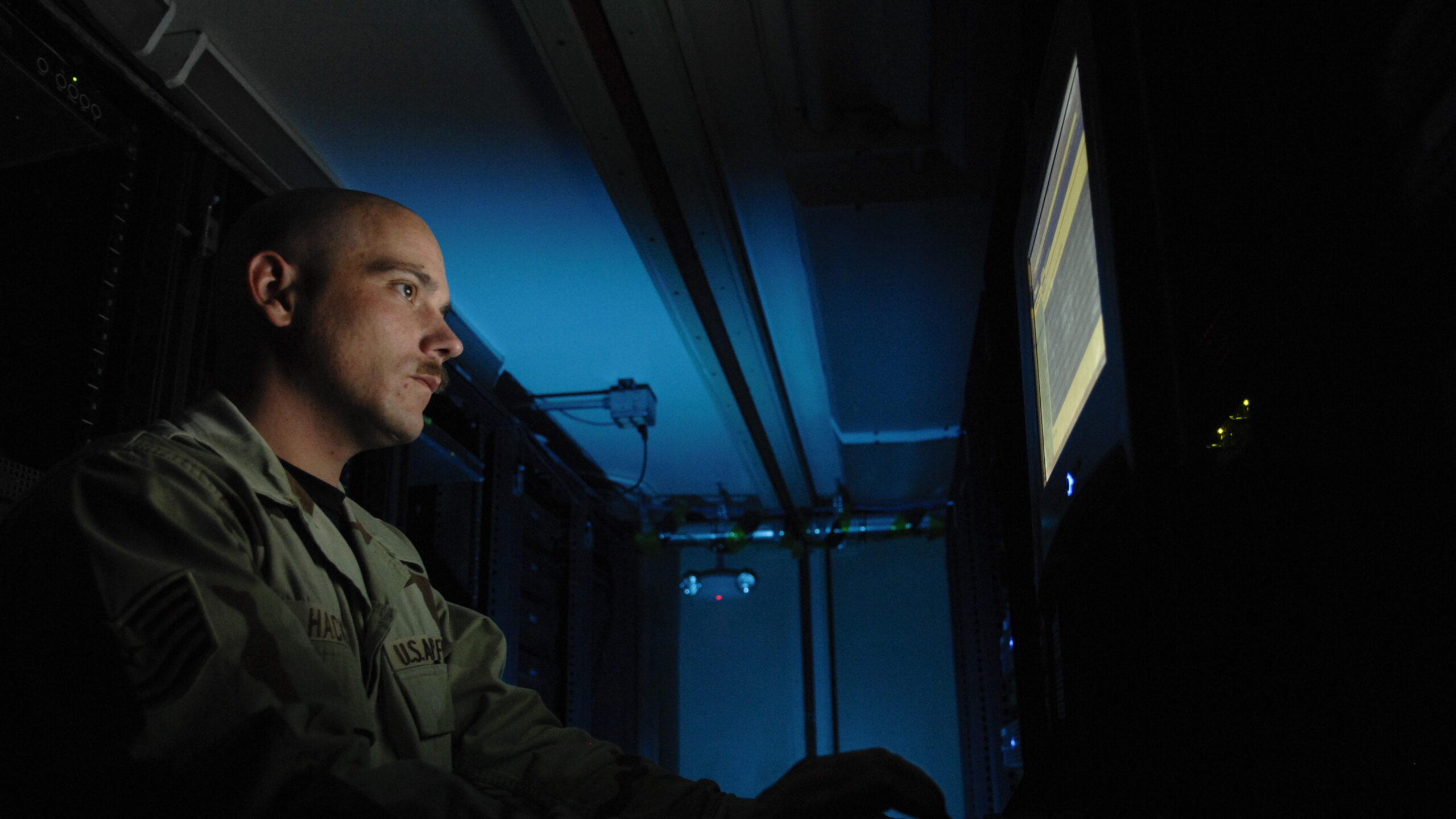

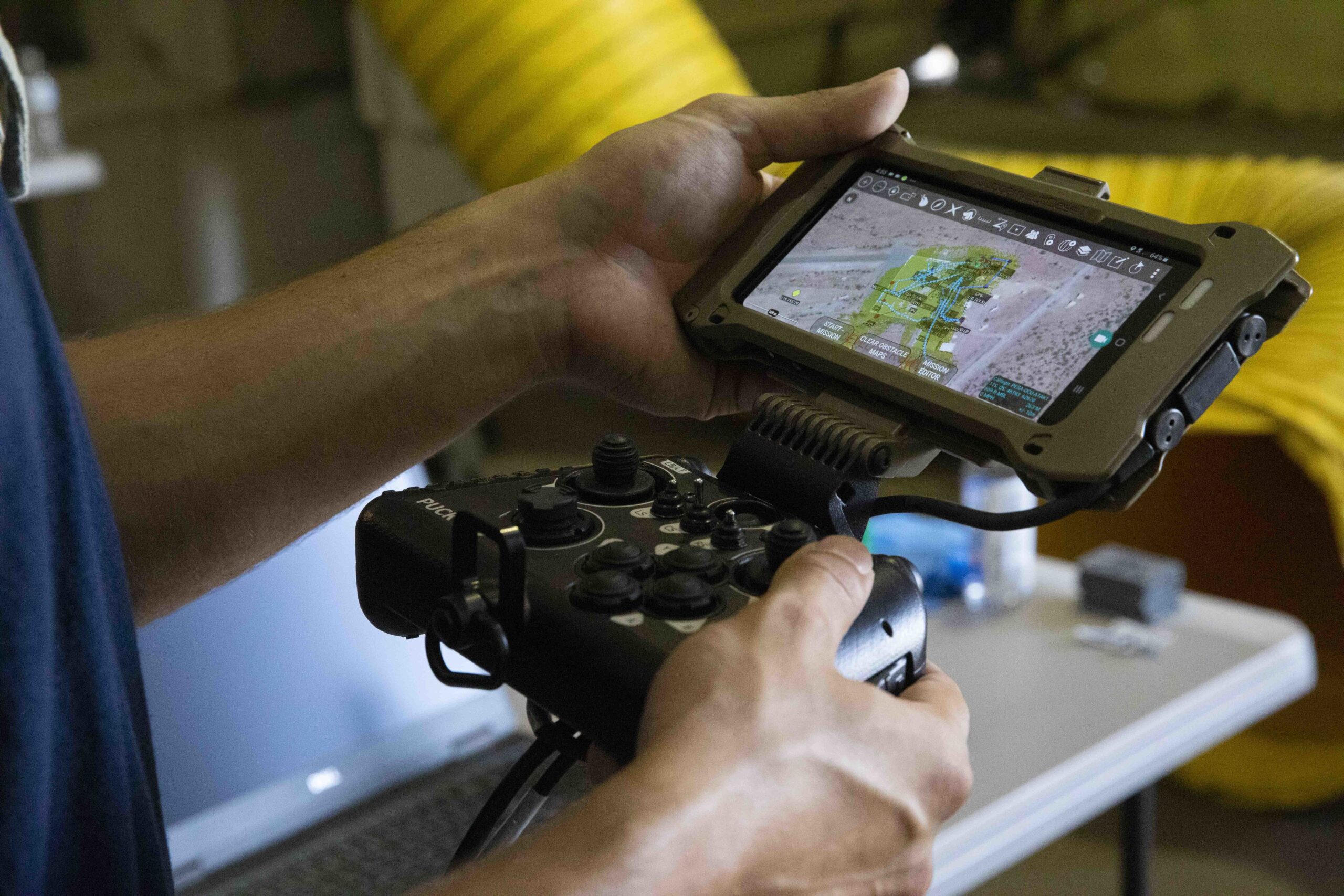
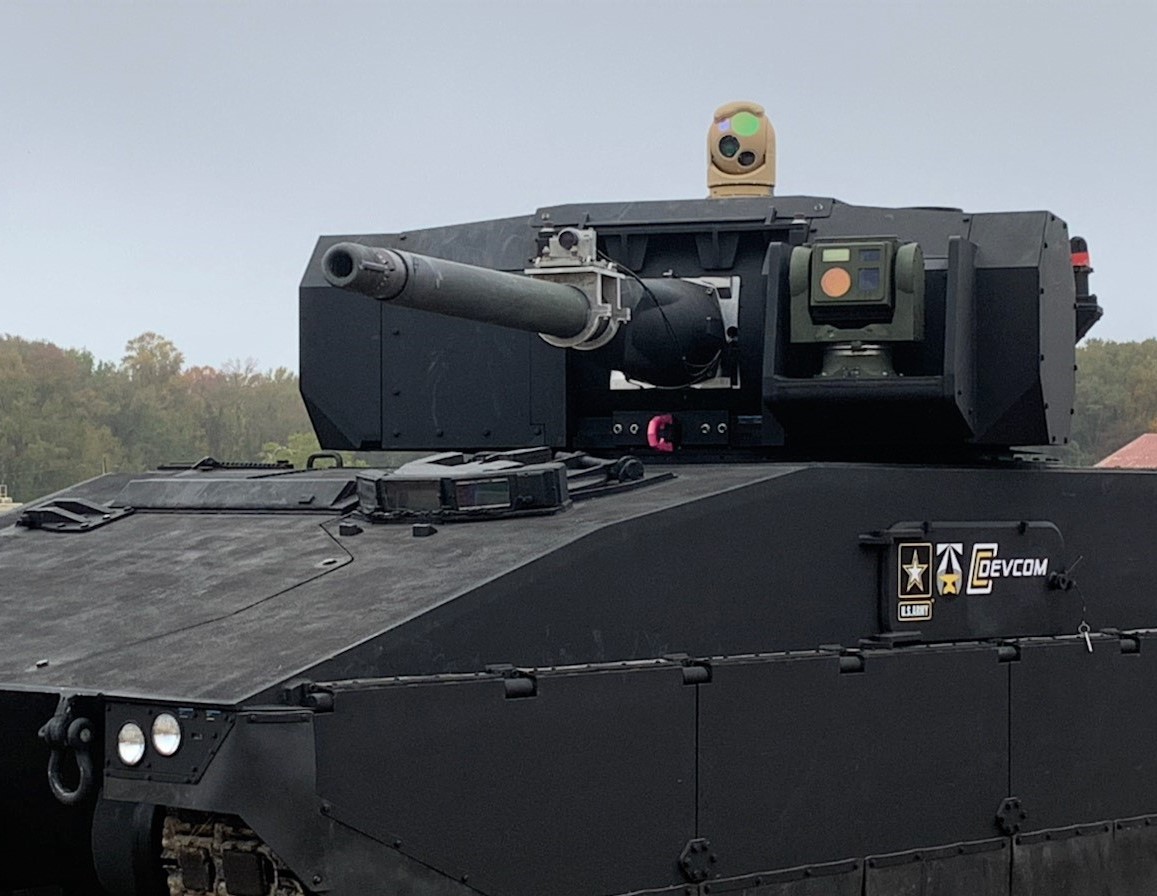
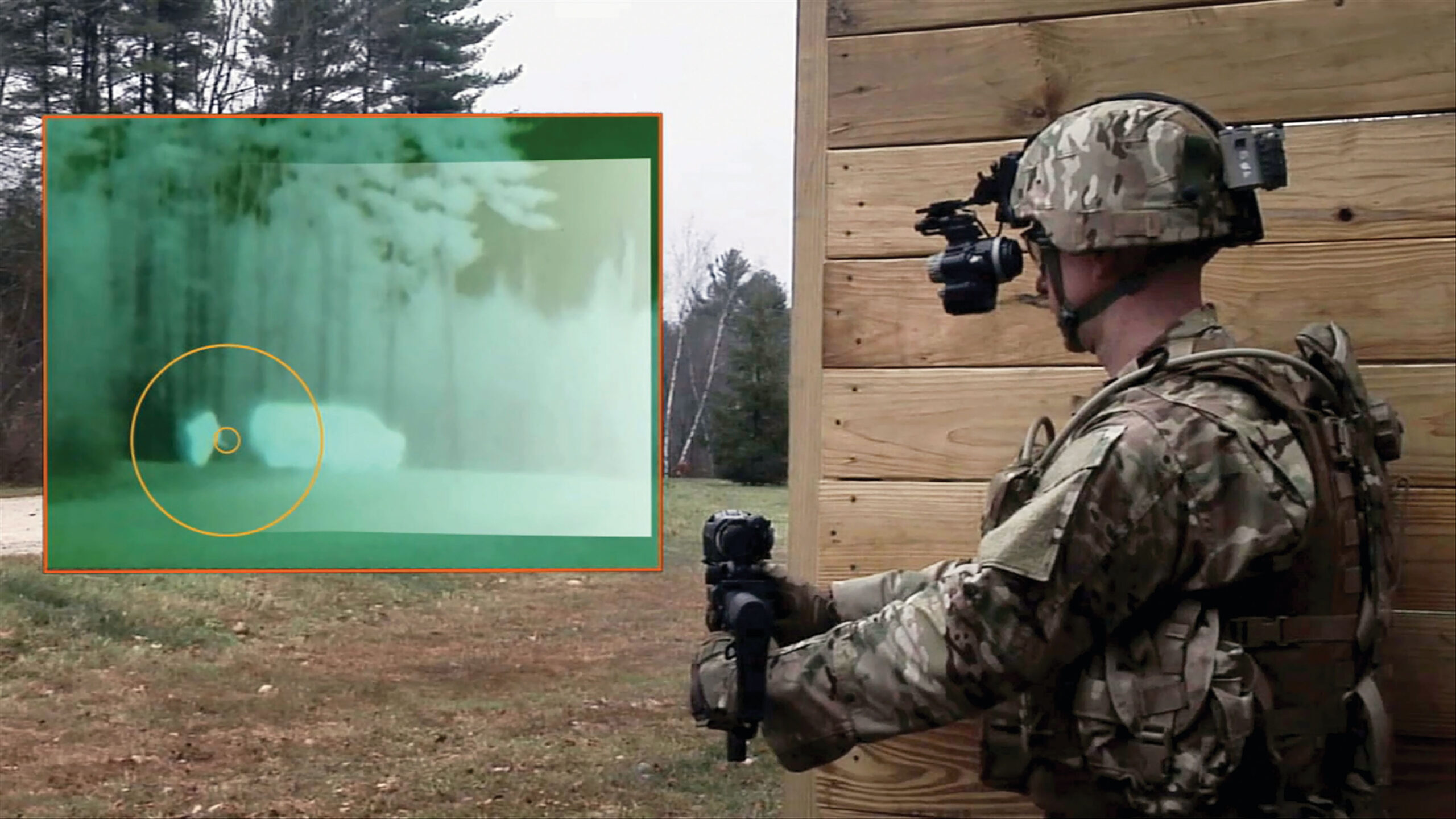
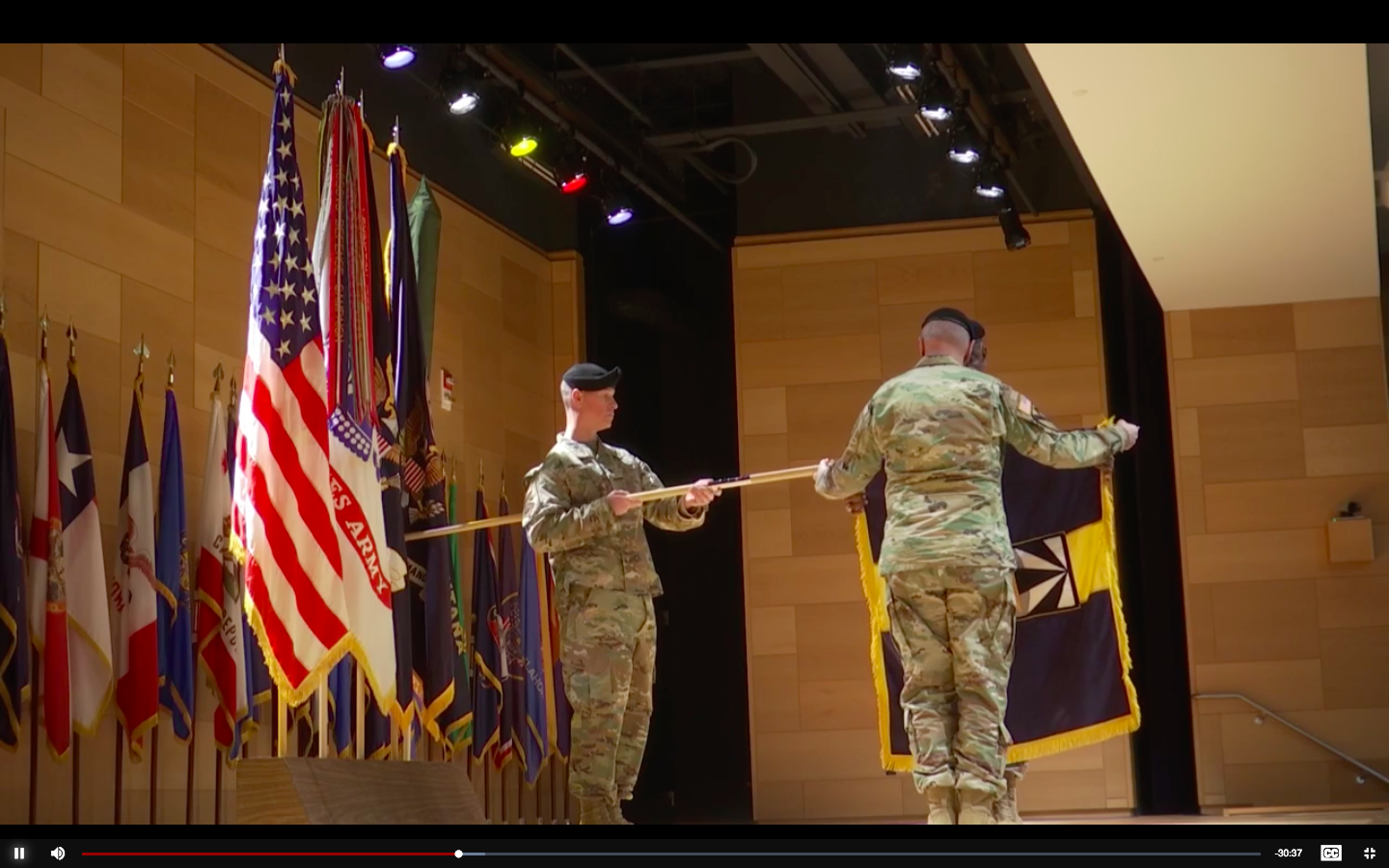

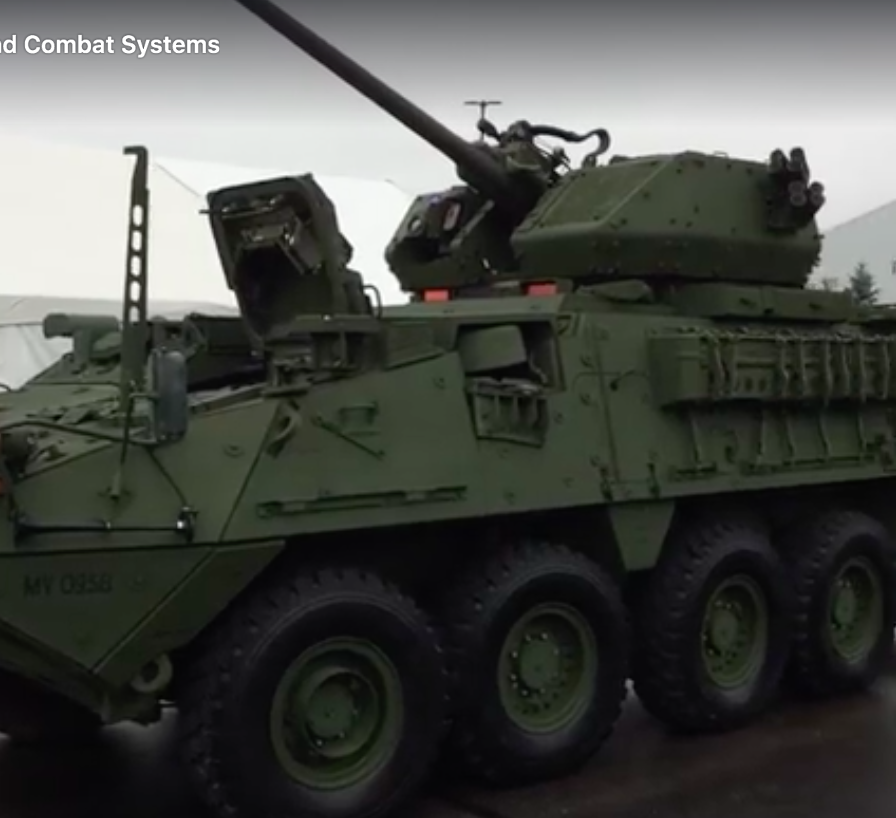
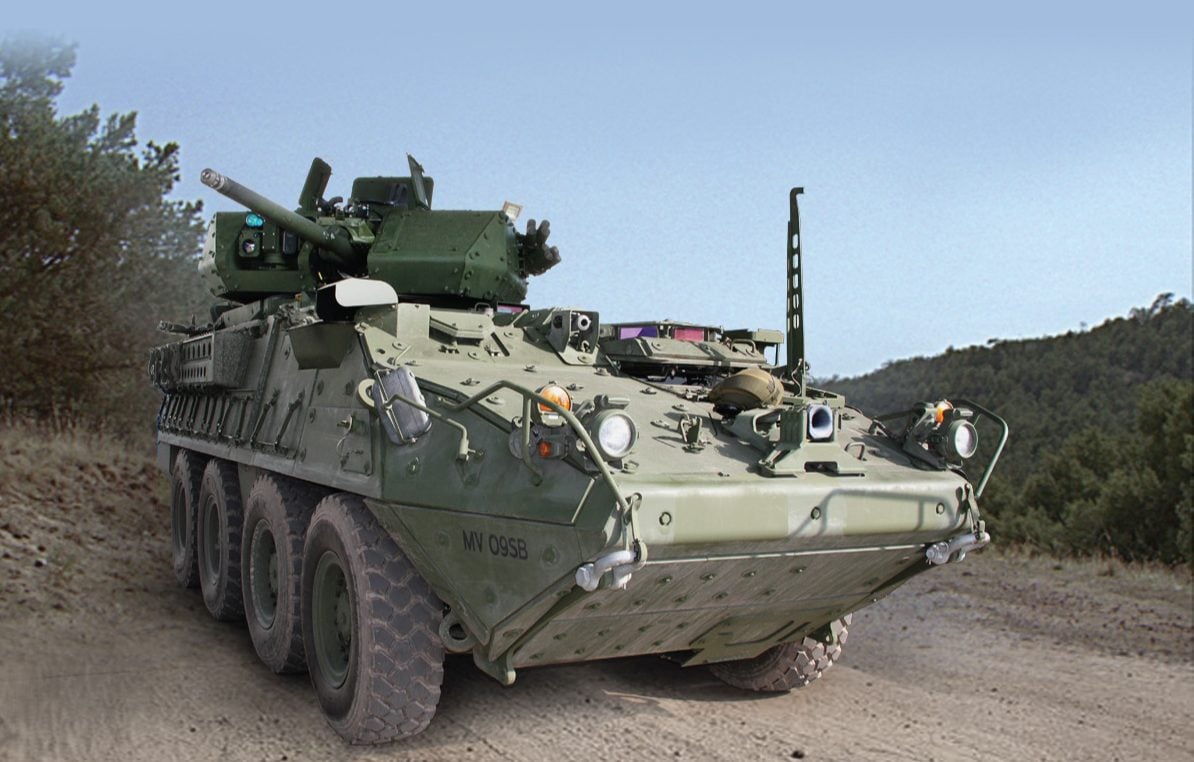
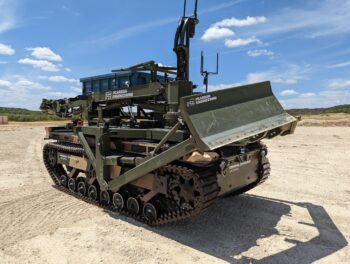

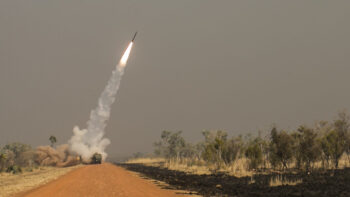


“Data is the new ammunition, and we have to test fire our digital systems just like we test fire our weapons systems,” writes Ret. Gen. Richard Cody.
By Richard Cody